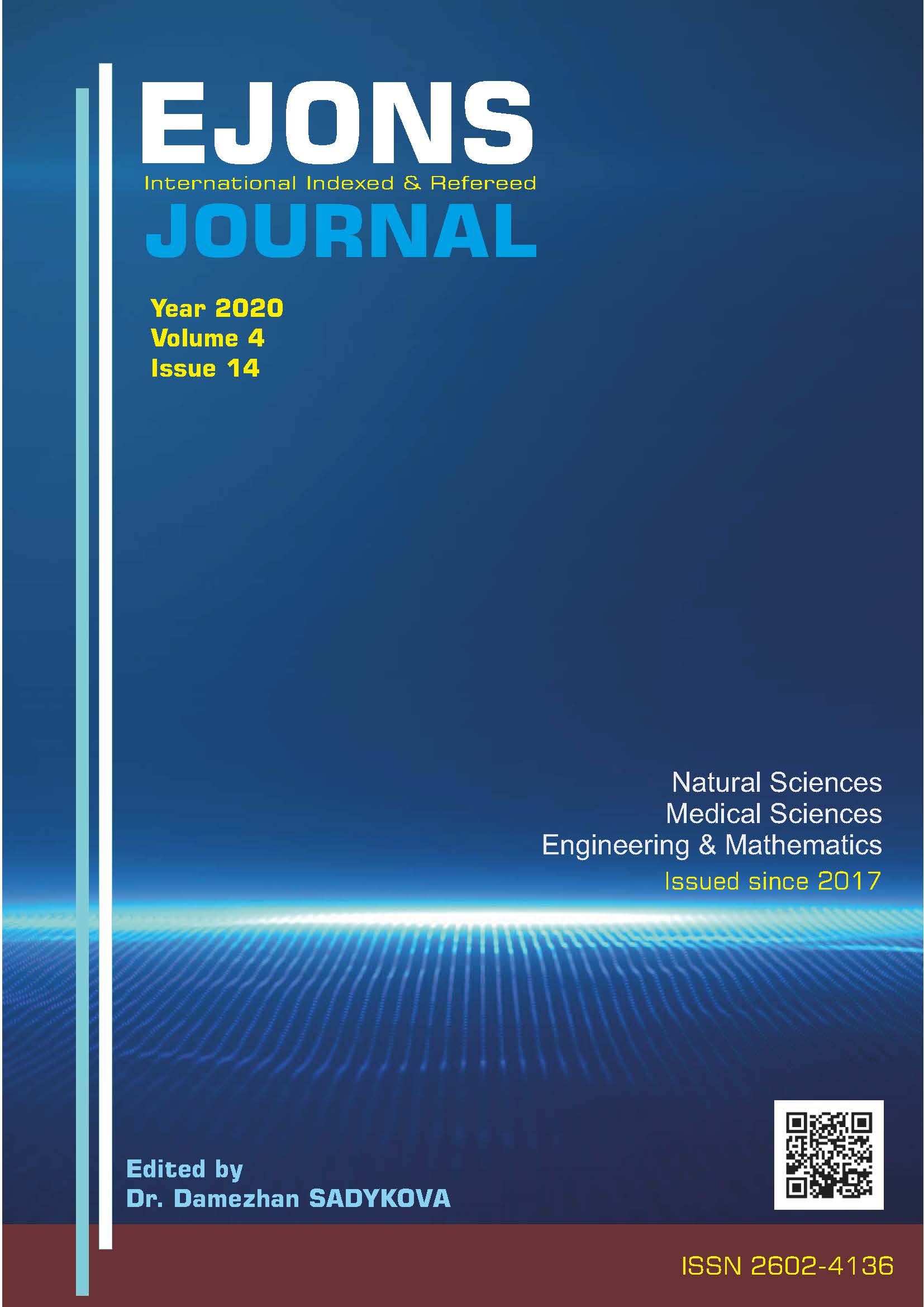MODELING AND SIMULATION OF ACTIVE SUSPENSION SYSTEM USING A HALF-CAR MODEL APPROACH FOR SPEED BUMP PROFILES
DOI:
https://doi.org/10.38063/ejons.240Keywords:
Active suspension system, Linear quadratic regulator design, Half car modelAbstract
Driving comfort and safety are important research areas in engineering and have been the subject of many studies. The objective of this work is the modeling and simulation of the disruptive effects coming from the road for the car suspension system. Disruptive effects from the road are modeled as bump geometry which represents the speed trap. There are different vehicle models are used in suspension control systems. The half-car model is selected in this study which has four degrees of freedom; the vertical movements of the front and rear axle, pitch and vertical motions of the vehicle body. The suspension system is the most important part of the vehicle that increases driving safety and passenger comfort by reducing road effects. The actively controlled suspension system is a type of vibration suspension structure popular in both the academic research and industrial application. As the control design, Linear Quadratic Regulator (LQR) controller is designed for half car active suspension system. In order to demonstrate the performance of the designed controller, a comparison has been made for the active and passive states for the suspension system. The designed controller was implemented to the active suspension control of the vehicle model modeled in Matlab-Simulink environment. Bump type speed trap profile is modeled as an input of the system. Simulation results show that the disruptive effects from the road is effectively damped when the active suspension is activated.
Downloads
Published
How to Cite
Issue
Section
License

This work is licensed under a Creative Commons Attribution-NonCommercial 4.0 International License.


